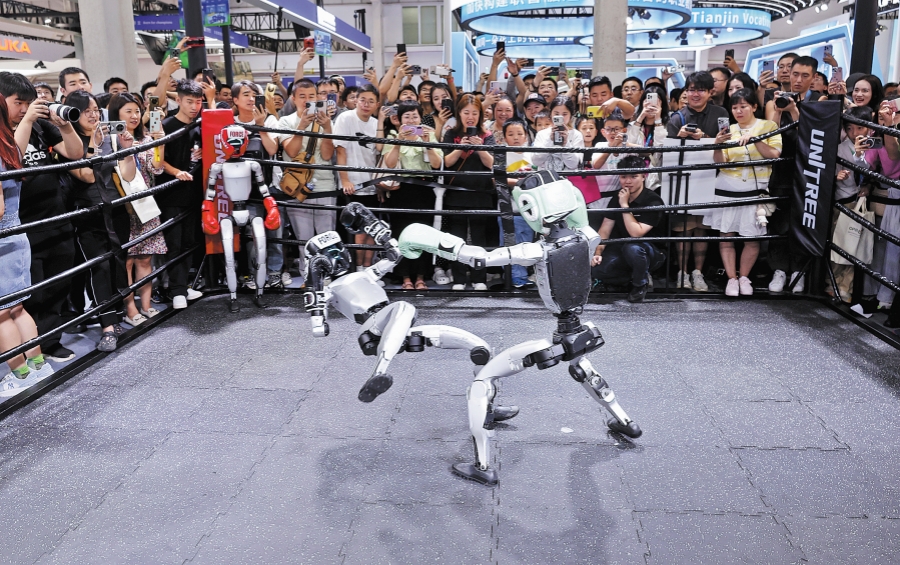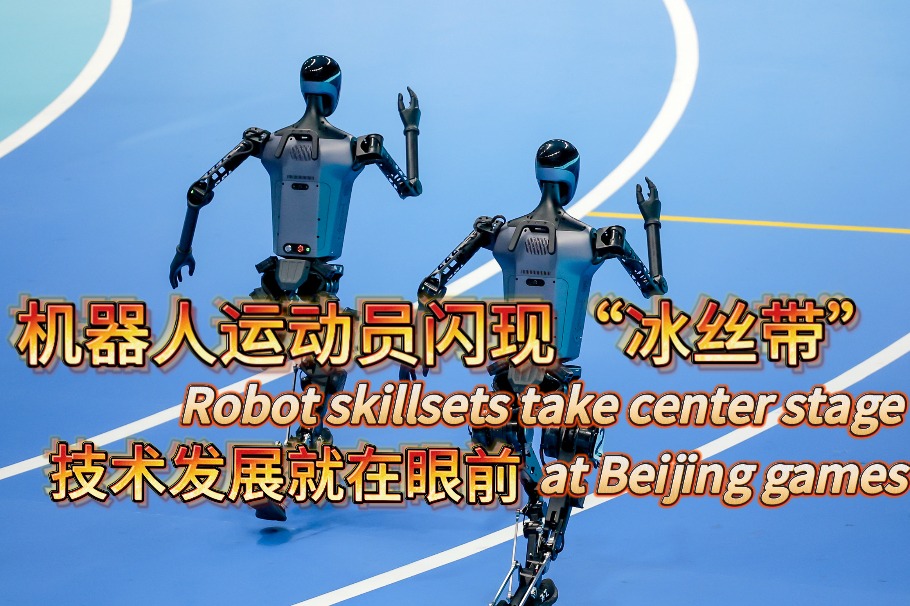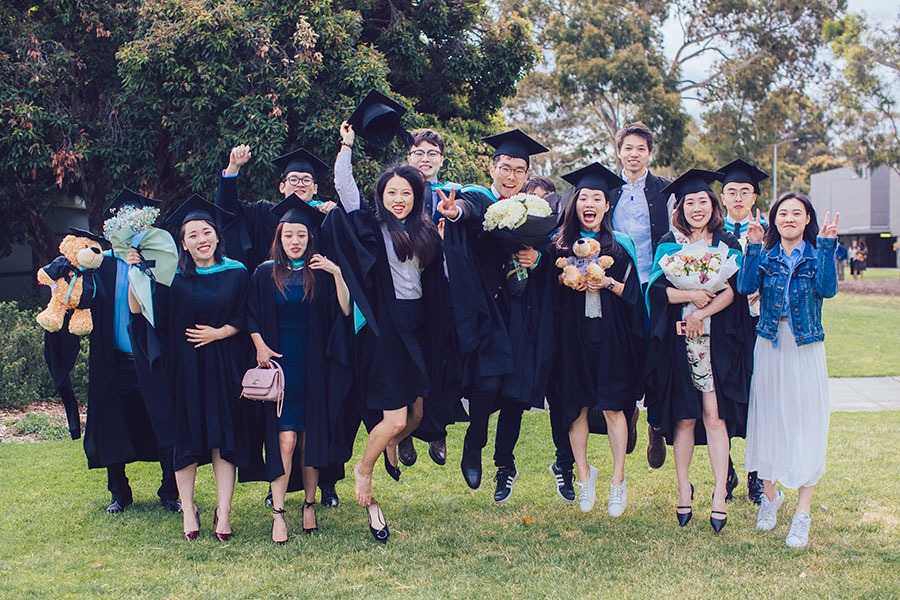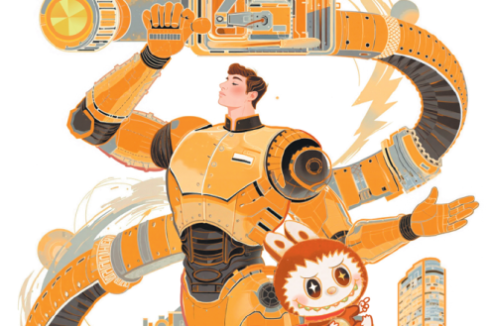Advances in AI will strengthen robotics industry


Editor's Note: Humanoid robots developed by Unitree Robotics have made headlines this year. The company accounts for nearly 70 percent of global quadruped robot shipments and leads in large humanoid robot shipments, with business operations in more than half the countries and regions across the world. In an interview with People's Daily, Wang Xingxing, founder and CEO of Unitree Robotics, spoke on how the industry has developed and what lies ahead. Below are excerpts from the interview. The views don't necessarily represent those of China Daily.
The robotics industry is currently at an early stage. Humanoid robots have displayed their abilities in many fields, but they are still a long way off from touching every individual and reaching every household. The large-scale use of humanoids in households or factories is still beyond reach because the technology is not mature enough.
The biggest obstacle to large-scale deployment of humanoid robots is that their AI capability is not sufficiently developed. This is a universal challenge faced by the industry across the world and everyone in the field is working hard to overcome it. Breakthroughs may happen at any time, as technological leaps are very common in AI. Problems that cannot be solved today may suddenly get a solution in the future.
As long as AI technology continues to advance, the robotics industry will grow stronger. This is the ripple effect of AI. In the past two or three years, we have seen that people's perception of AI has grown significantly and expectations from the robotics sector have become more optimistic. The buzz around humanoid robots this year may well be just a spark, much like the early days of the internet.
At this stage, it is meaningful to organize competitions for robots. People enjoy watching such events, and the emotional value they get creates new demand. Performances and competitions by robots will be an important aspect of the robotics industry in the future.
Every country has its own strengths. Although China doesn't have enough AI talents to meet its growing needs in the sector, its AI industry remains competitive. China enjoys a strong advantage in manufacturing, with very high shipment volumes worldwide. Thanks to the country's solid foundation in manufacturing and hardware, Chinese robotics companies enjoy a cost advantage and lower usage thresholds, which are conducive to wider application in the future.
Computing power is crucial for the humanoid robot industry, especially large-scale cluster computing. Robots are co-created with AI, but robots, especially humanoid robots, rely a lot on batteries. Limits on battery load and energy consumption mean they cannot carry large-scale computing power on board.
In the future, distributed computing will play an important role. Robots can connect to the centralized computing center in a factory. If such a center is close by, the communication bandwidth would be sufficient and latency would be low.
The humanoid robotics industry has long faced a shortage of talent. This field did not originally exist, and relevant talents have gradually been cultivated only in recent years. Moreover, it is still a niche sector and far fewer people have entered it than many imagine. It will take time for the number and quality of professionals to match the pace of industry development.
My ultimate vision for the development of robotics is to vigorously advance science and technology, enabling human productivity to reach a new level. The invention of the steam engine and electricity brought profound changes to human productivity. Today, with the rise of general AI and general-purpose robots, the transformation could be even greater, allowing humanity to gradually be freed from strenuous and repetitive physical labor.

































